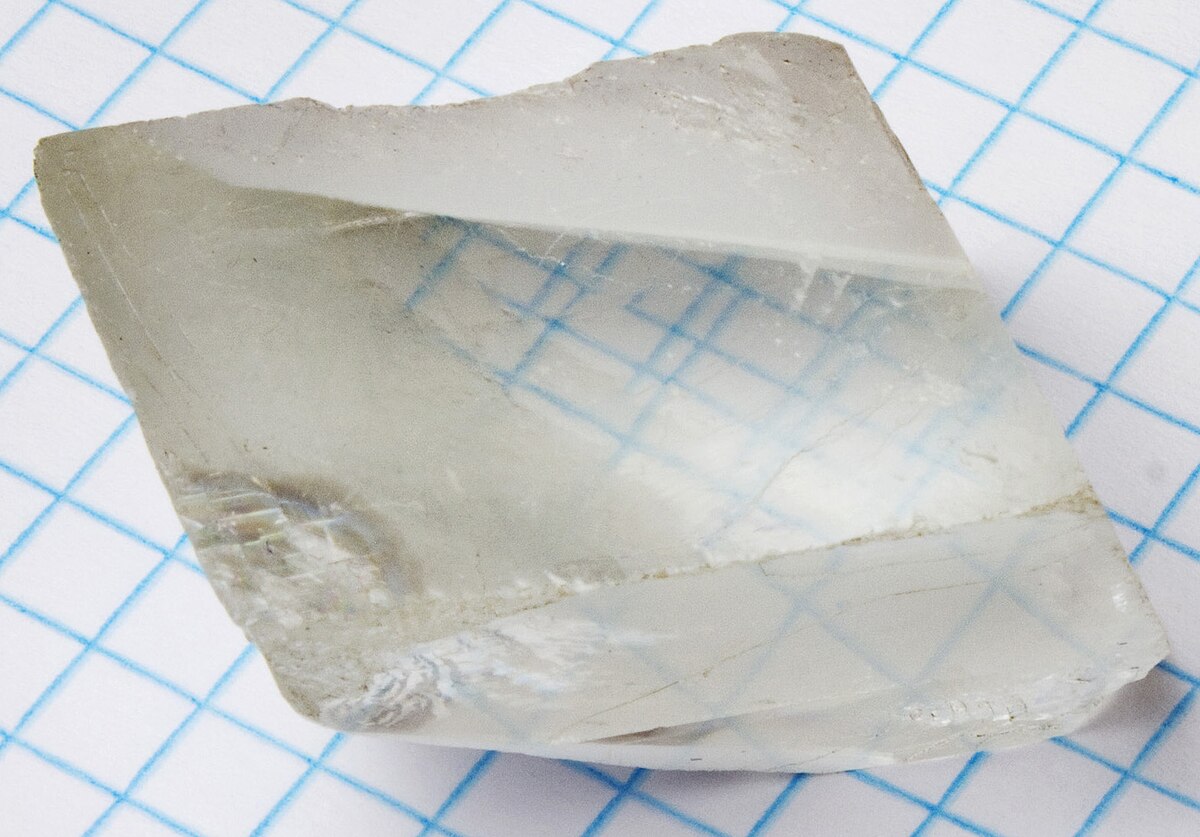Contents

Source: Wikipedia
Understanding Birefringence in Optical Materials
Introduction to Birefringence
Birefringence is a fascinating optical property observed in certain transparent materials where the refractive index varies based on the polarization direction of light. This phenomenon is particularly notable in crystalline substances such as quartz, calcite, sapphire, and ruby, as well as in nonlinear crystals like lithium niobate (LiNbO3), lithium triborate (LBO), and potassium titanyl phosphate (KTP).
Intrinsic and Induced Birefringence
Intrinsic Birefringence
Birefringence often arises in materials with non-cubic lattice structures, leading to intrinsic anisotropy. In these materials, the refractive index naturally differs along different crystal axes.
Induced Birefringence
In isotropic materials such as glasses or polymers, birefringence can be induced through external influences that break the symmetry. For example, mechanical stress or the application of an electric field can cause birefringence. This is observable in acrylic materials under stress or in glasses subjected to strong electric fields.
In optical fibers, birefringence may result from an elliptical core shape, design asymmetries, or mechanical stress. In polymers, molecular ordering during processes like extrusion can also lead to birefringence.
Uniaxial and Biaxial Optical Materials
Uniaxial Crystals
Uniaxial crystals, such as calcite and quartz, possess a single optical axis. The refractive index varies based on the orientation of the electric field relative to this axis. The extraordinary index is observed when the electric field aligns with the optical axis, while the ordinary index is noted for perpendicular orientations.
Biaxial Crystals
Biaxial crystals, like mica and perovskite, are more complex, featuring three principal axes with distinct refractive indices. Calculations for these materials are intricate but essential for applications like phase matching in nonlinear frequency conversion.
Consequences of Polarization-dependent Refractive Index
Double Refraction
Birefringent materials can split an unpolarized light beam into two linearly polarized beams, a phenomenon known as double refraction. This effect is evident when viewing objects through birefringent crystals, resulting in two displaced images.
Changes in Polarization States
As linearly polarized light passes through a birefringent medium, the optical phases of the polarization components evolve differently, altering the polarization state. This property is useful in applications like birefringent tuners and passive mode locking of fiber lasers.
Birefringent Phase Matching
In nonlinear optics, birefringence assists in phase matching, enabling efficient frequency conversion processes by compensating for the wavelength dependence of refractive indices.
Spatial Walk-off and Group Velocities
In birefringent materials, extraordinary waves may experience spatial walk-off, where the direction of power propagation deviates from the vector direction. Additionally, polarization-dependent group velocities affect ultrashort pulse propagation, potentially splitting pulses into components with different delays.
Applications and Examples
Birefringence is pivotal in laser technology and nonlinear optics, particularly in the context of anisotropic crystals. It is quantified by measuring retardance or refractive index differences, crucial for designing optical components and systems.

Source: Gem Rock Auctions
Feel free to comment your thoughts.



